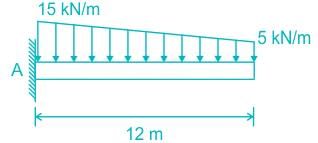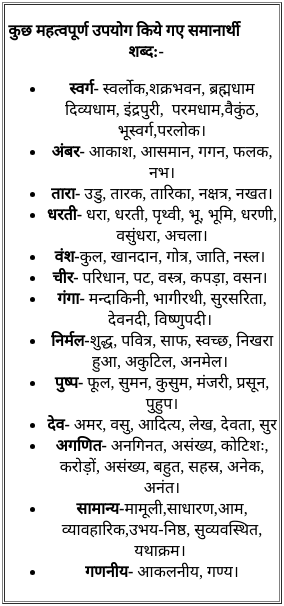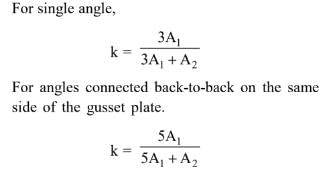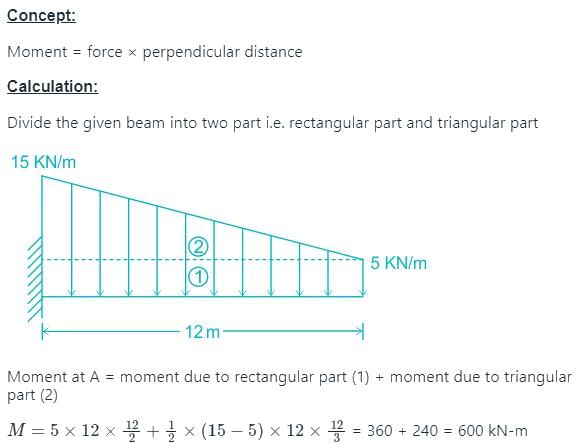DSSSB AE Civil Tier 1 Mock Test - 1 - Civil Engineering (CE) MCQ
30 Questions MCQ Test - DSSSB AE Civil Tier 1 Mock Test - 1
The Poisonous nature of Carbon monoxide (CO) is due to its
Statement-I: The spread of Jainism in South India was significantly influenced by the migration of Jains during the great famine in Magadh.
Statement-II: The migration led to the establishment of the Digambara sect, which became prominent in South India.
Which one of the following is correct in respect of the above statements?
Consider the following statements about the post-World War I period in India and choose the correct answer:
Statement 1: The Montagu-Chelmsford Reforms led to the complete transfer of control to Indian hands in provincial matters.
Statement 2: The Rowlatt Act was enacted to curb seditious activities and allowed detention without trial.
Statement 3: The Jallianwala Bagh Massacre was a direct result of the protests against the arrest of nationalist leaders Saifuddin Kitchlew and Dr. Satyapal.
Statement 1: The Montagu-Chelmsford Reforms led to the complete transfer of control to Indian hands in provincial matters.
Statement 2: The Rowlatt Act was enacted to curb seditious activities and allowed detention without trial.
Statement 3: The Jallianwala Bagh Massacre was a direct result of the protests against the arrest of nationalist leaders Saifuddin Kitchlew and Dr. Satyapal.
What is the name of the submersible used in India's Deep Ocean Mission (DOM)?
The L.C.M. of three different numbers is 120. Which of the following cannot be their H.C.F.?
Arrange the words given below in the order in which they appear in an English dictionary.
1. Sugary
2. Subtle
3. Sudoku
4. Sucres
5. Sullen
बंध्या धरती पर भी स्वर्णिम पुष्प खिलाएं से कवि का तात्पर्य क्या है?
Direction: In this question, you need to replace the Bold part of the sentence with the most suitable idiom / expression given as option.
Meghan isn't a stranger to breaking the rules after she recently got into trouble for Wimbledon etiquette.
The maximum strain in the tension reinforcement in the section at failure shall not be less than:
A column is a compression member, the effective length of which exceeds
If the quadrantal bearing of a line is N25∘W, then the Whole Circle Bearing of the line is
The effective slenderness ratio of a column fixed at both ends is:
According to the Dickens formula, the flood discharge Q in cumes is given by
Lewelling, centering and Orientation are work operation of
In the case of tension member consisting of two angles back to the back of the same side of gusset plate, what is K equal to? Where (A1) - Area of the connected leg (A2) - Area of outstanding leg
The plan of a building is in the form of a rectangular with centre dimensions of the outer walls as 10.3 and 17.3m. The thickness of the walls in the superstructure is 0.3m. Then its carpet area is
The beam is loaded as shown in the figure. The magnitude of bending moment of A is

For unstiffened webs of girders, the thickness of the web shall not be less than
The part of the wall on which the arch rests, is called
Which of the following statements in respect of a map A having a scale of 1 : 2000 and another map B having a scale of 1 : 10000 is true?
While estimating for plastering, usually no deduction is made for:





















